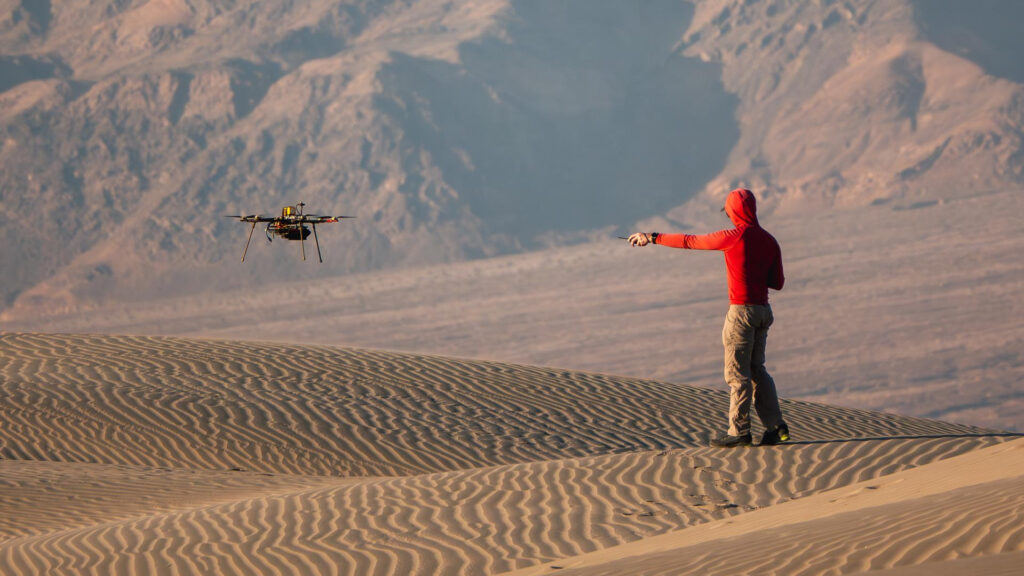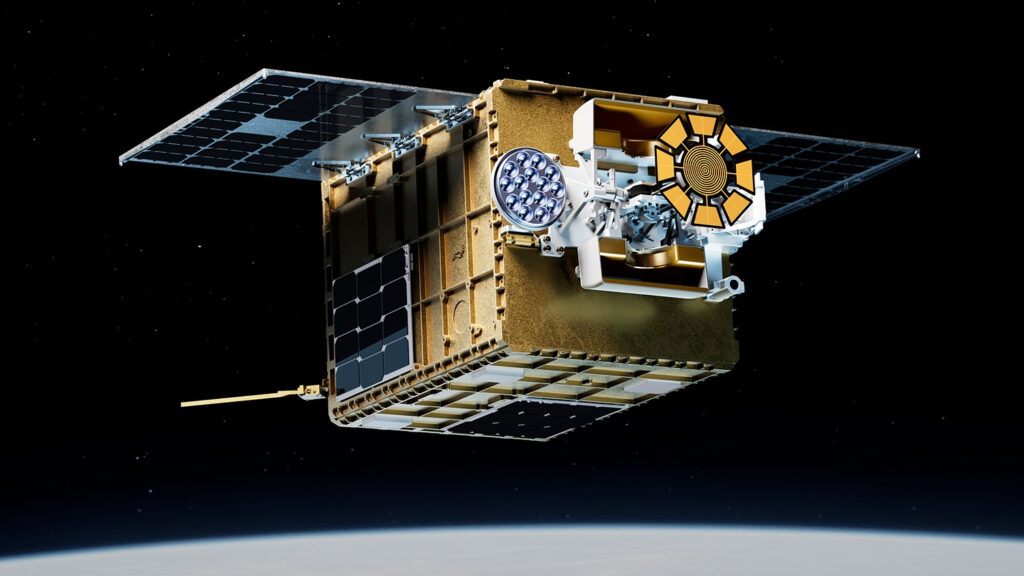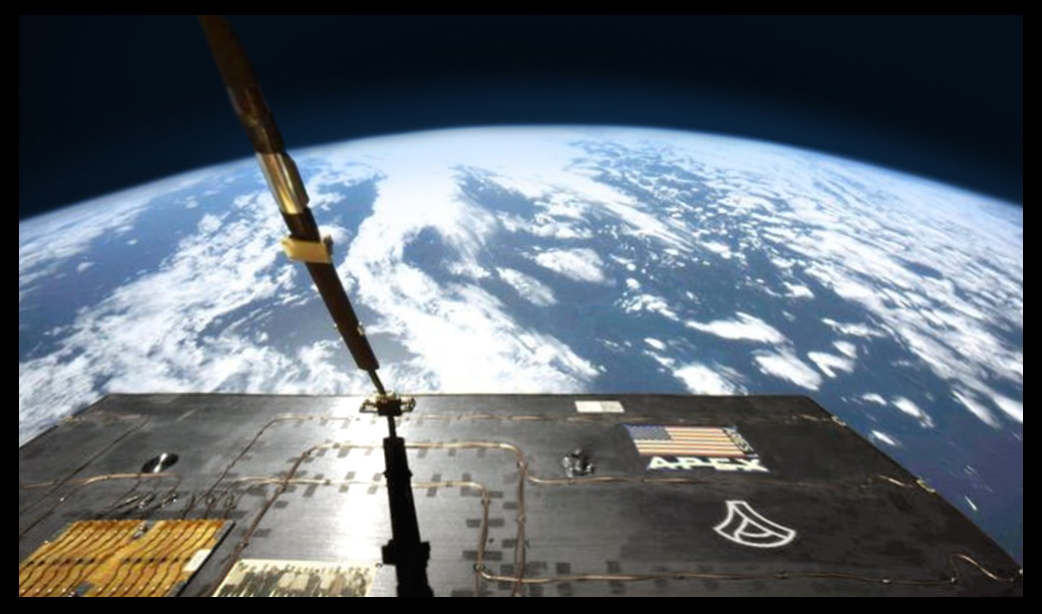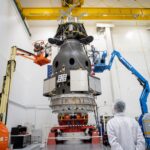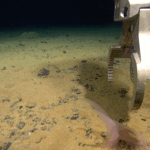Now Reading: Awakening an interstellar wanderer: Surprising nickel detection in Comet 3I/ATLAS
-
01
Awakening an interstellar wanderer: Surprising nickel detection in Comet 3I/ATLAS
Awakening an interstellar wanderer: Surprising nickel detection in Comet 3I/ATLAS
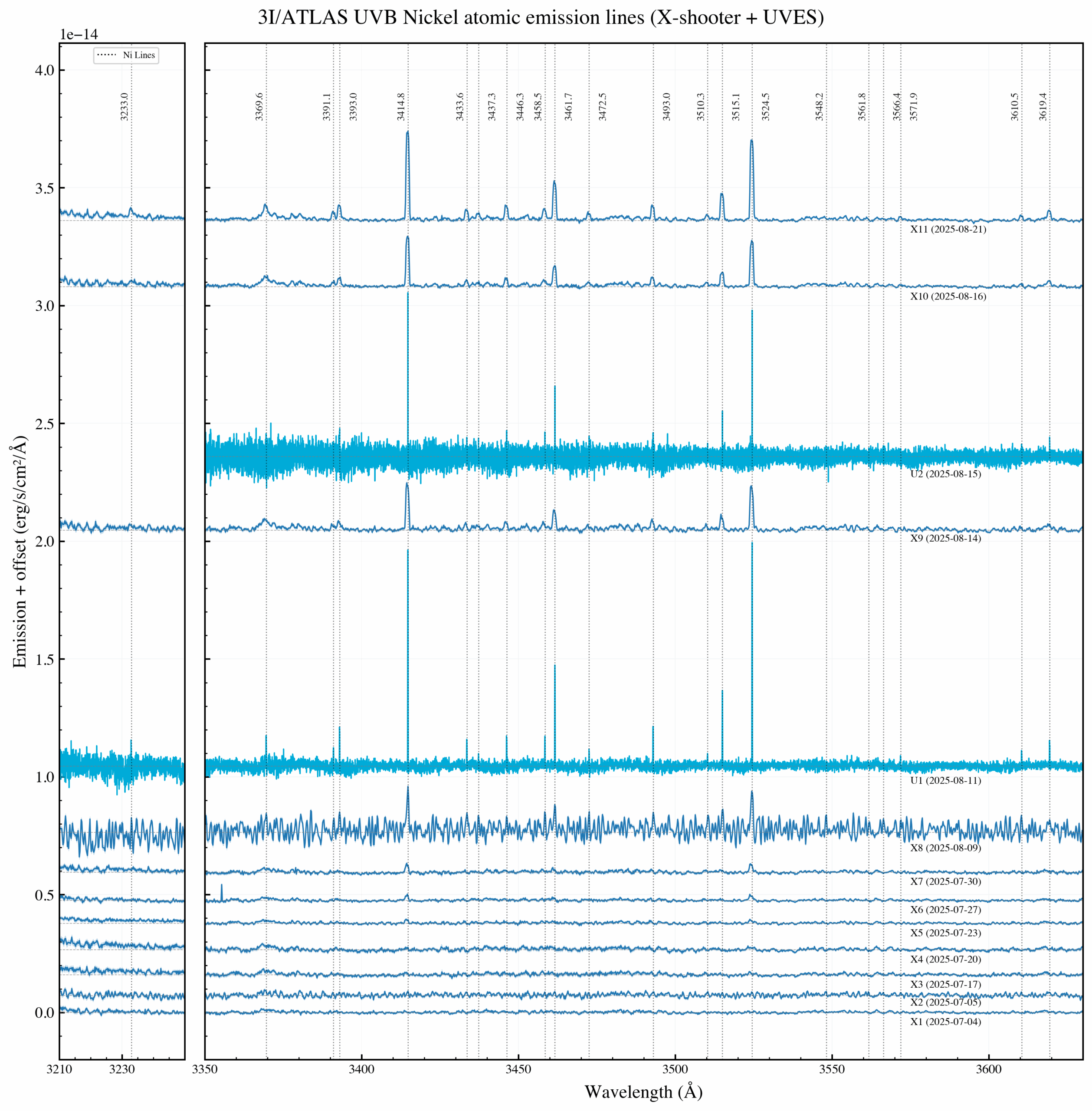
Rohan Rahatgaonkar is a Ph.D. student at the Instituto de Astrofísica-Pontificia Universidad Católica de Chile.
Darryl Z. Seligman is an Assistant Professor of Physics and Astronomy at Michigan State University.
On July 1, 2025, a routine sky survey by the Asteroid Terrestrial-impact Last Alert System (ATLAS) detected what would soon prove to be only the third confirmed interstellar object ever discovered. Unlike its predecessors — the enigmatic ‘Oumuamua and comet Borisov — this new visitor, designated 3I/ATLAS, was caught early in its journey through our solar system, giving astronomers an unprecedented opportunity to watch an interstellar comet come to life as it approaches the sun.
What makes interstellar objects so scientifically valuable is that they carry chemical and physical information from the star systems where they formed, potentially billions of years ago. They’re like cosmic time capsules, delivering samples from distant exoplanetary systems we could never otherwise visit and study directly. The discovery of 3I/ATLAS opens the door to a completely new branch of study in astrophysics.
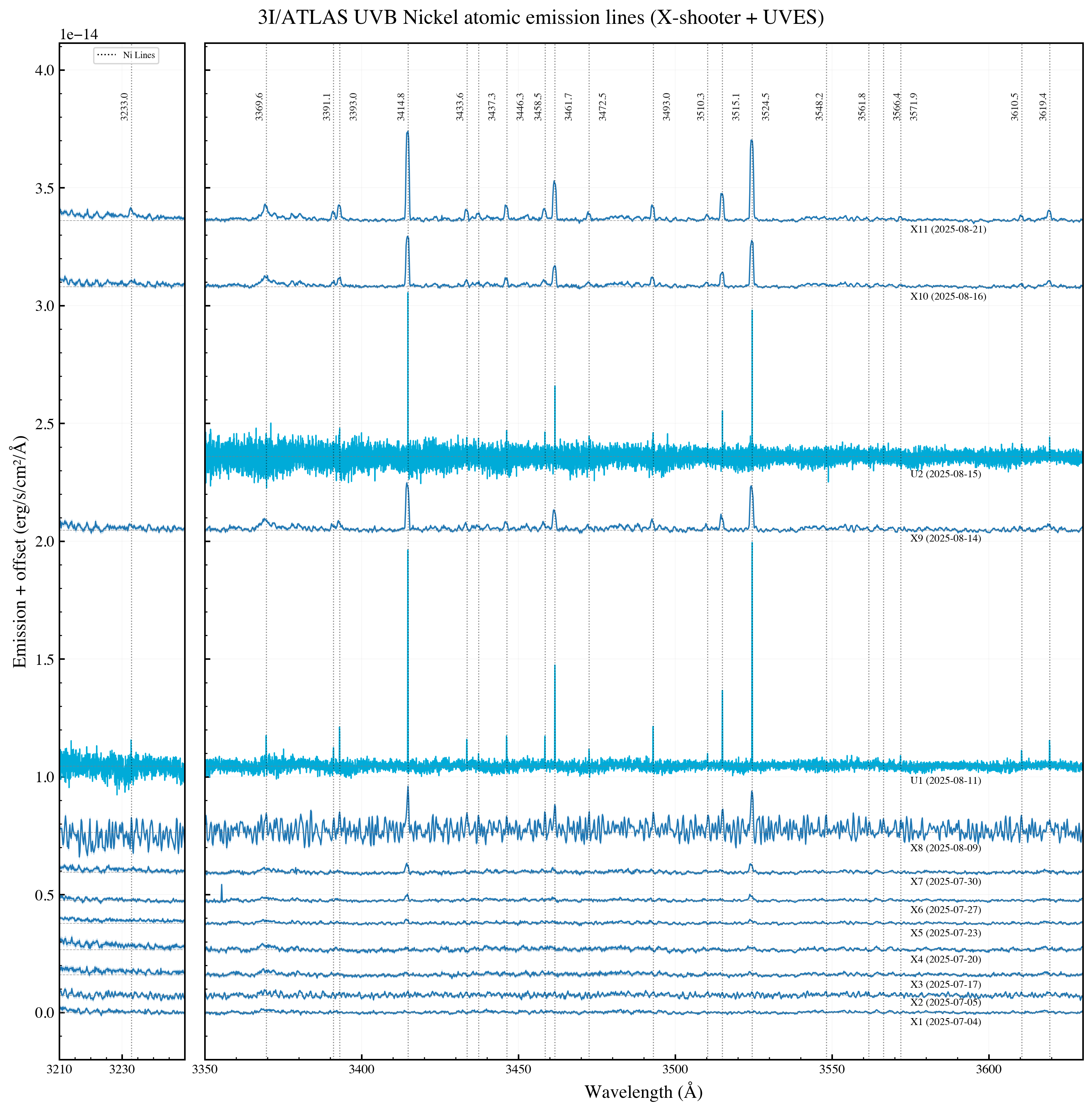
For our international team using the Very Large Telescope (VLT) in Chile, 3I/ATLAS presented an extraordinary chance to track the chemical awakening of this ancient interstellar object in real-time. Our observations using both the X-shooter and UVES spectrographs on the VLT revealed a trajectory that suggested it formed billions of years ago, potentially making it significantly older than our own solar system.
From dormant to dynamic
As 3I/ATLAS journeys toward the sun, we’ve witnessed a fascinating sequence of chemical activation. Our first significant detection came on July 20, when our spectrographs recorded spectral lines consistent with atomic nickel vapor in the comet’s tenuous atmosphere at a distance of 3.88 astronomical units (AU) from the sun, nearly four times Earth’s distance from the sun.
This nickel detection was unexpected at such large distances, where temperatures remain extremely cold. As the comet continued its approach, we observed that the amount of nickel vapor coming off of the comet was strengthening significantly. Our measurements indicated that there was a substantial increase in the amount of nickel atoms coming off of the comet as it approached the sun.
About three weeks later, by mid-August, when 3I/ATLAS had reached about 3.07 AU from the sun, we detected the spectral signature of cyanogen (CN) gas, a common molecular emission in solar system comets.
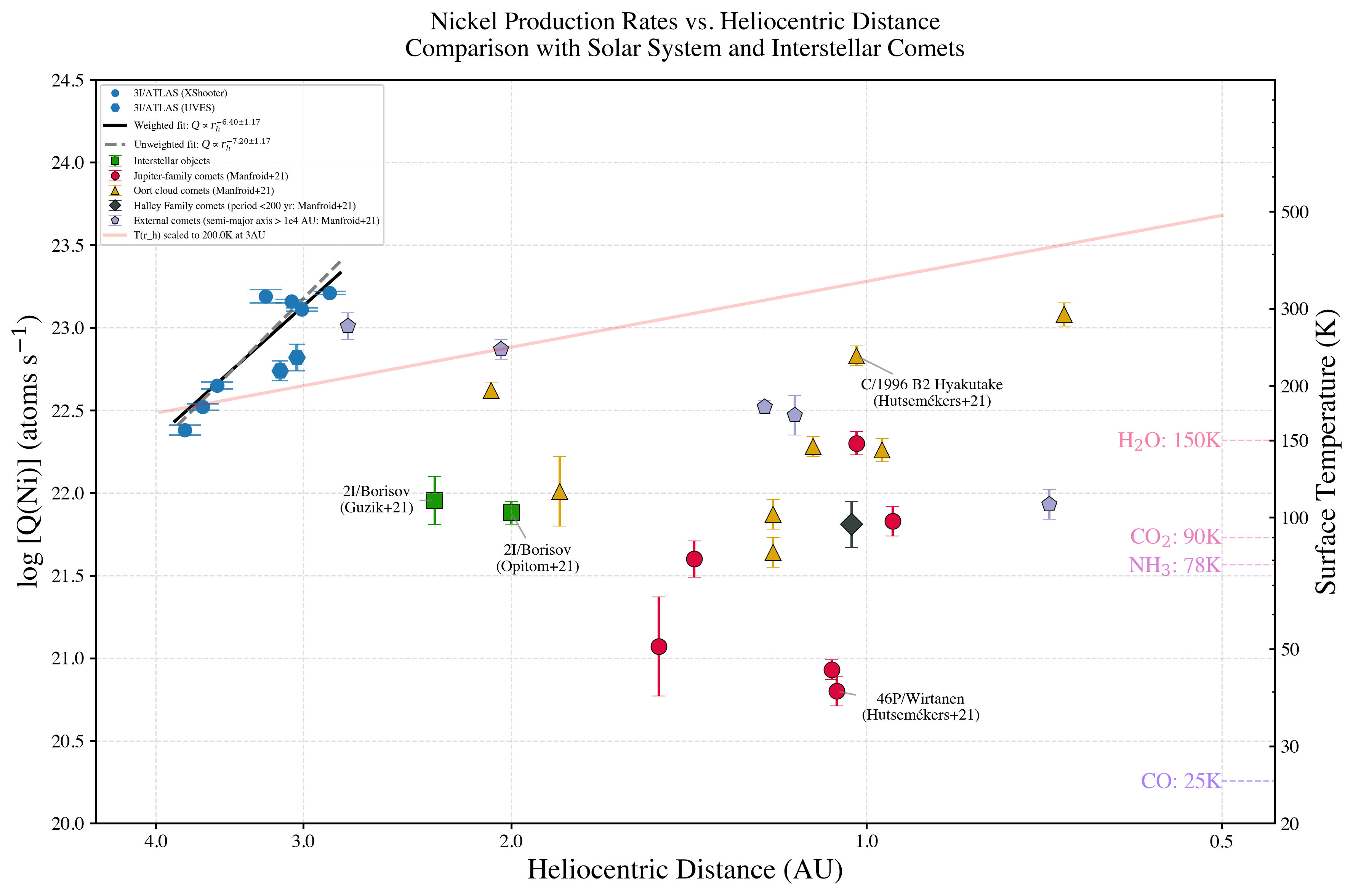
Chemical clues from another world
What makes these observations particularly intriguing and puzzling is the detection of nickel without concurrent detection of iron above our instrumental limits. This unusual chemical signature suggests the nickel is potentially being released through processes that work at much lower temperatures, rather than through the direct transformation of solid metal directly into gas (a process called sublimation), which would normally require much higher temperatures.
The evidence points to the possibility that nickel atoms might be bound within special types of molecules that break apart easily when exposed to sunlight. These could include molecules where nickel is attached to carbon monoxide or other organic compounds, which can release nickel atoms at much lower temperatures than would be needed for metal to vaporize directly.
These findings, when considered alongside observations from the James Webb Space Telescope (JWST), provide complementary evidence for understanding this comet’s unusual chemistry. JWST observations revealed that the cloud of gas surrounding the comet, called the coma, contains much more carbon dioxide (the same gas that makes soda fizzy) than water, a ratio that is unusual compared with most solar system comets. JWST also detected water ice particles and carbon monoxide gas in the comet’s coma, suggesting a complex mix of frozen materials that are warming up and creating the activity we observe.
Such observations suggest the nickel may be bound in molecules that break apart under solar radiation, releasing both metals and gases in chemical reactions. But the detailed balance of carriers, their release mechanisms, and how iron and other metals fit into the picture remain active areas of analysis.
Cosmic implication
As 3I/ATLAS continues its journey toward perihelion (its closest approach to the sun) on Oct. 29, we’re gathering valuable data on the chemistry of material from another star system. The chemical signatures we’re observing may reflect both the comet’s ancient origins and its long journey through interstellar space.
These observations help us understand whether the building blocks of planetary systems are similar throughout the galaxy or if they vary significantly between different stellar environments. By comparing 3I/ATLAS with solar system comets and the previous interstellar visitor 2I/Borisov, we’re building a more complete picture of the materials that form planets around different stars.
The beauty of science lies in following the evidence where it leads us, even when findings challenge our expectations. Our observations of 3I/ATLAS reveal natural astrophysical processes that, while unusual, can be explained through chemistry and physics. The universe continues to surprise us with its diversity and complexity, reminding us why methodical, evidence-based research remains our most reliable path to understanding cosmic mysteries.
Future outlook
Our international team, including scientists from Chile, Belgium, the U.K., Canada, New Zealand, the United States, and Italy, continues to monitor 3I/ATLAS as it approaches perihelion. We expect further increases in activity and potentially new chemical species to emerge as temperatures rise.
With coordinated observations from ground-based telescopes and space observatories, we hope to unlock more secrets from this cosmic messenger before it departs our solar system forever, carrying its ancient material back into the vast interstellar void.
Stay Informed With the Latest & Most Important News
Previous Post
Next Post
-
 012024 in Review: Highlights from NASA in Silicon Valley
012024 in Review: Highlights from NASA in Silicon Valley -
 02Panasonic Leica Summilux DG 15mm f/1.7 ASPH review
02Panasonic Leica Summilux DG 15mm f/1.7 ASPH review -
 03From Polymerization-Enabled Folding and Assembly to Chemical Evolution: Key Processes for Emergence of Functional Polymers in the Origin of Life
03From Polymerization-Enabled Folding and Assembly to Chemical Evolution: Key Processes for Emergence of Functional Polymers in the Origin of Life -
 04How New NASA, India Earth Satellite NISAR Will See Earth
04How New NASA, India Earth Satellite NISAR Will See Earth -
 05And Thus Begins A New Year For Life On Earth
05And Thus Begins A New Year For Life On Earth -
 06Astronomy Activation Ambassadors: A New Era
06Astronomy Activation Ambassadors: A New Era -
07SpaceX launch surge helps set new global launch record in 2024












